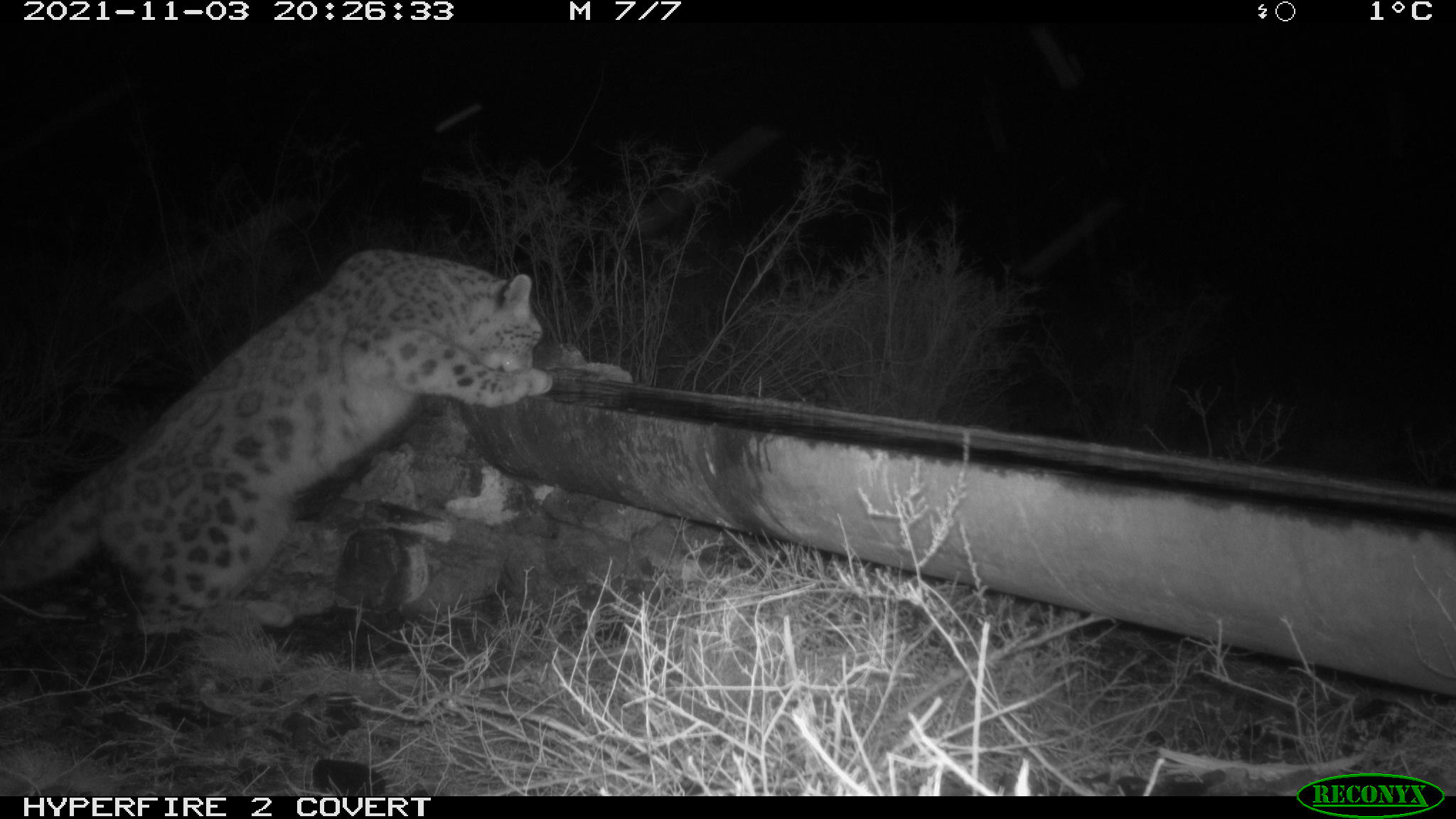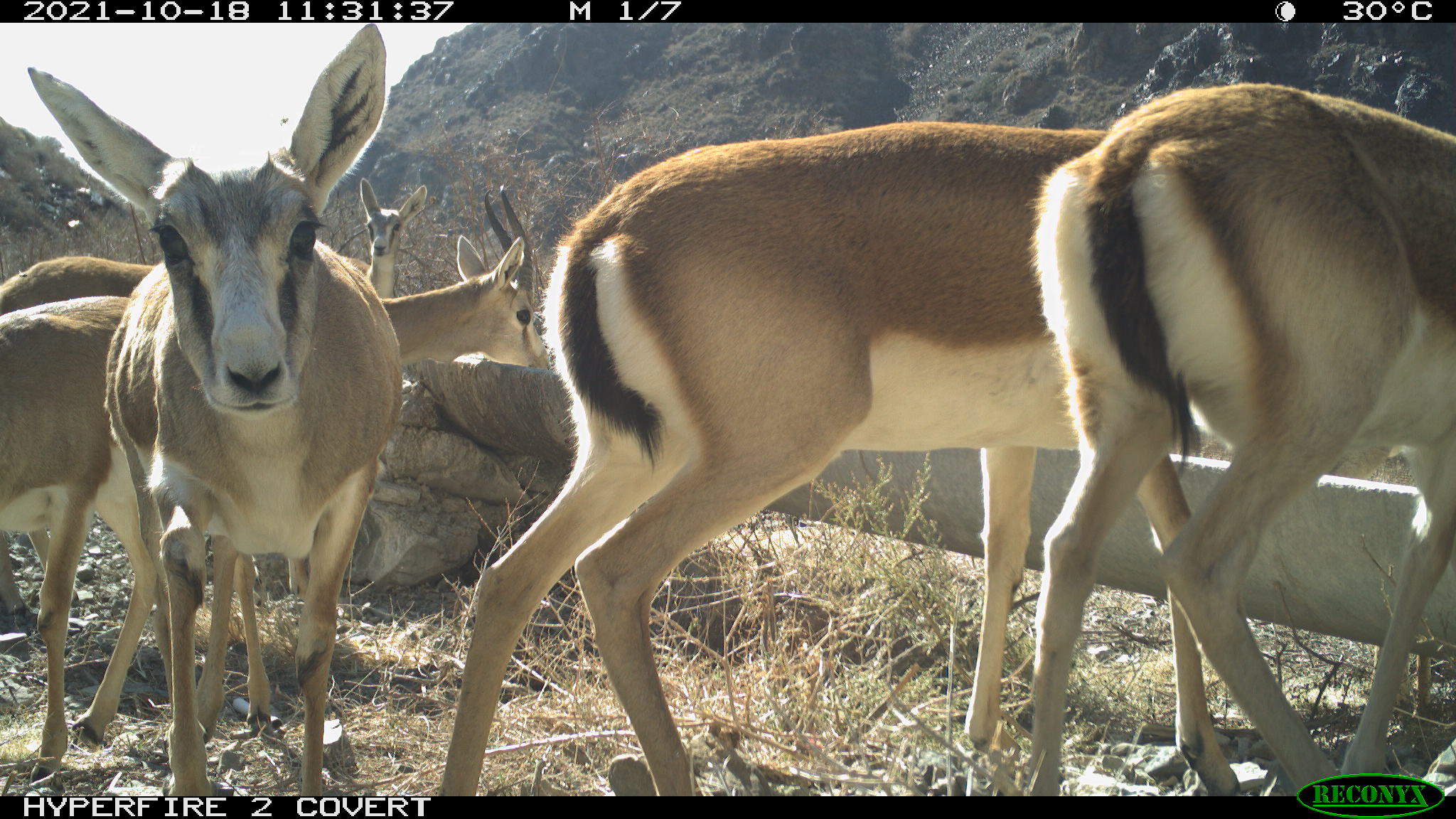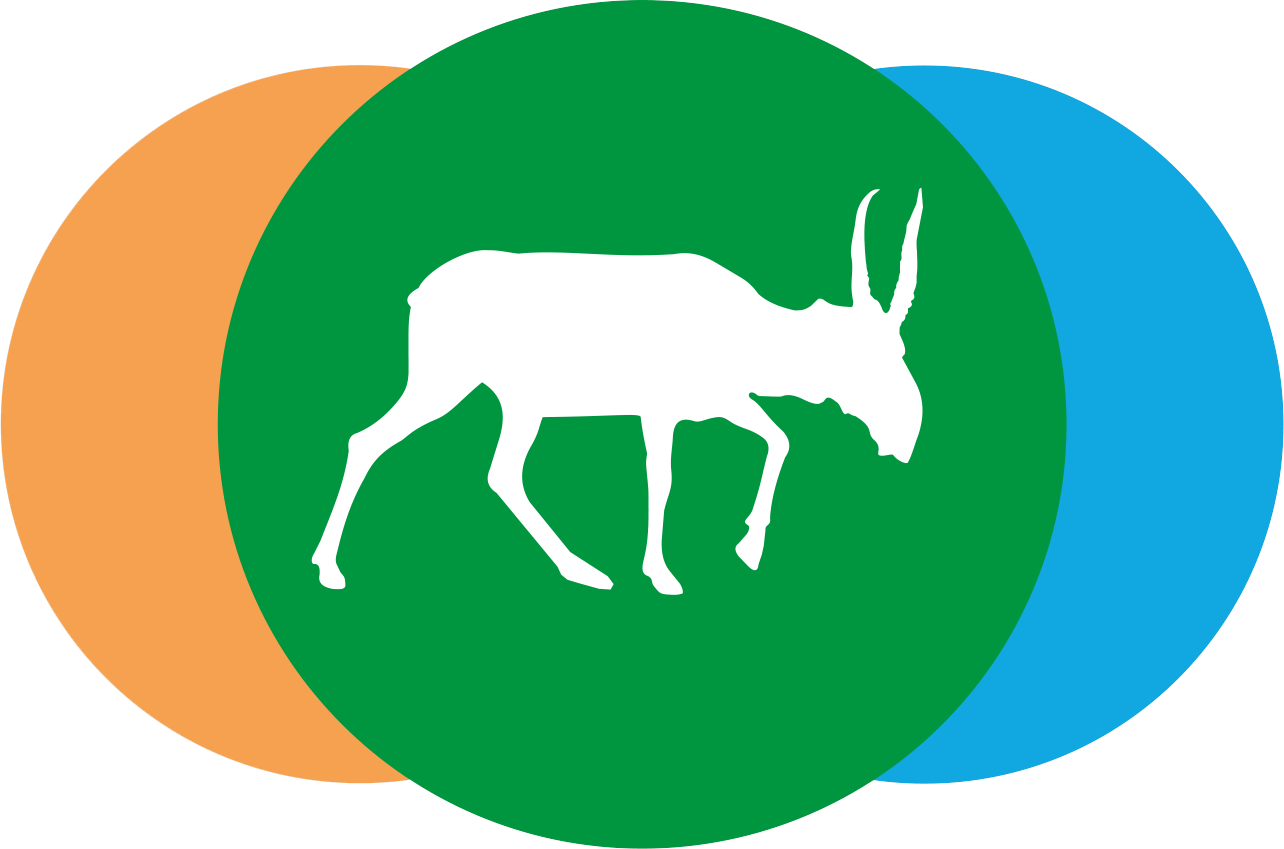The IUCN Save Our Species gazelle conservation project implemented by the Institute of Zoology together with Marwell Wildlife and Wildlife Without Borders is coming to an end, and we offer a look at one of its results.
The main goal of the project was to develop climate-sustainable landscape management approaches for the gazelle to restore its seasonal and spatial connectivity while benefiting the snow leopard and other priority species. The project area was mainly Almaty oblast, which currently hosts more than 70% of Kazakhstan’s gazelle population and a significant part of the world’s population of the species.
During the study of the seasonal and biotopic dynamics of the gazelle population, we found interesting facts related to the survival of the species in conditions of climate change. For example, in dry seasons, when there is a lack of succulent fodder and watering places, gazelles become “mountainous” and sometimes “high-mountainous” animals. During such seasons, gazelles may even encounter snow leopards. Remarkably, it is the watering holes that are the “meeting places” of desert and mountain species! But as it turned out, there are not so many such places, and every year there are fewer and fewer of them because of human activity.

Based on our research, we have prepared a series of recommendations for various stakeholders, but it will take several more years to implement them. The first priority is for the state to adopt an Action Plan that includes a systematic approach to effectively achieve gazelle conservation goals.






